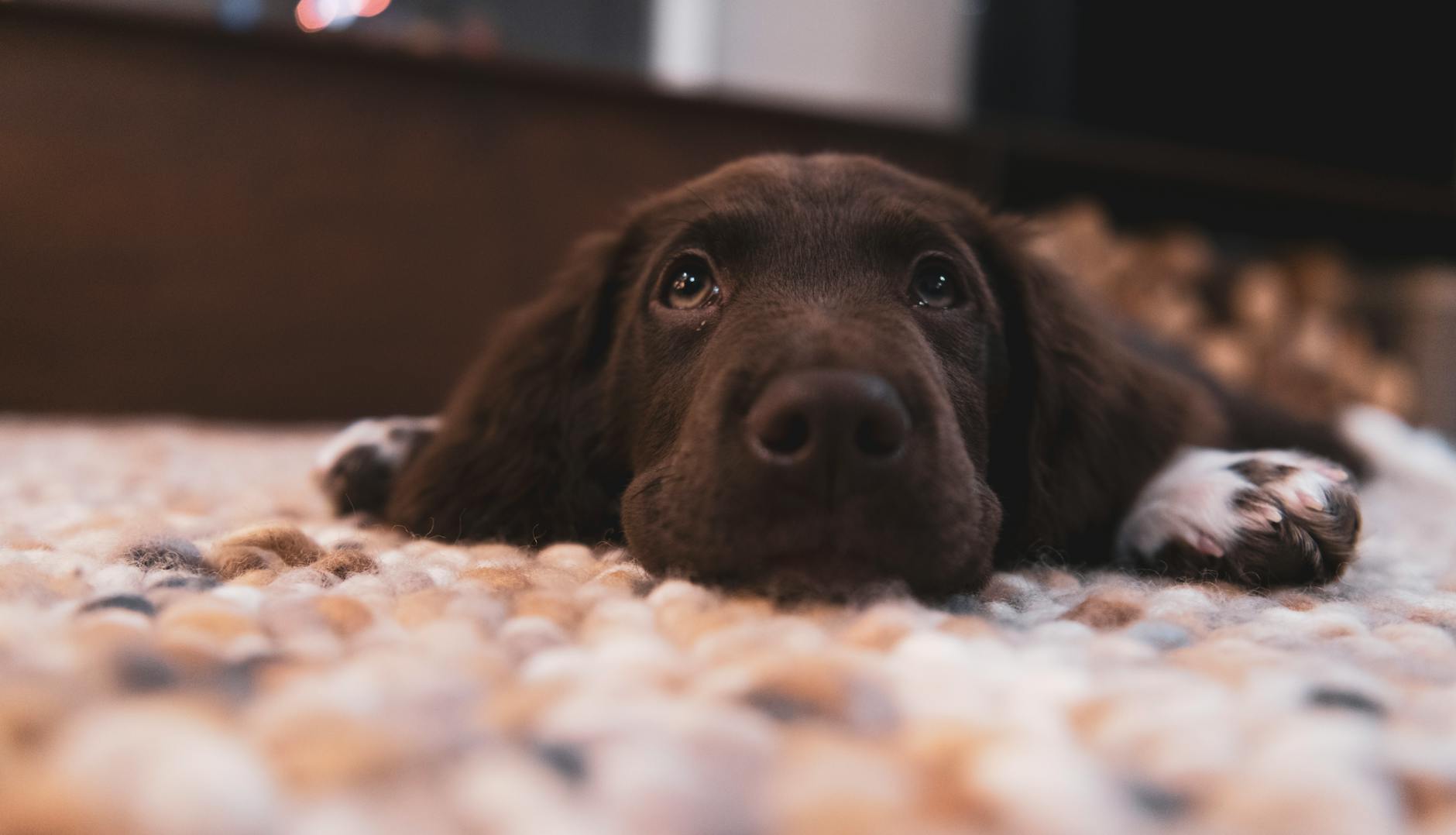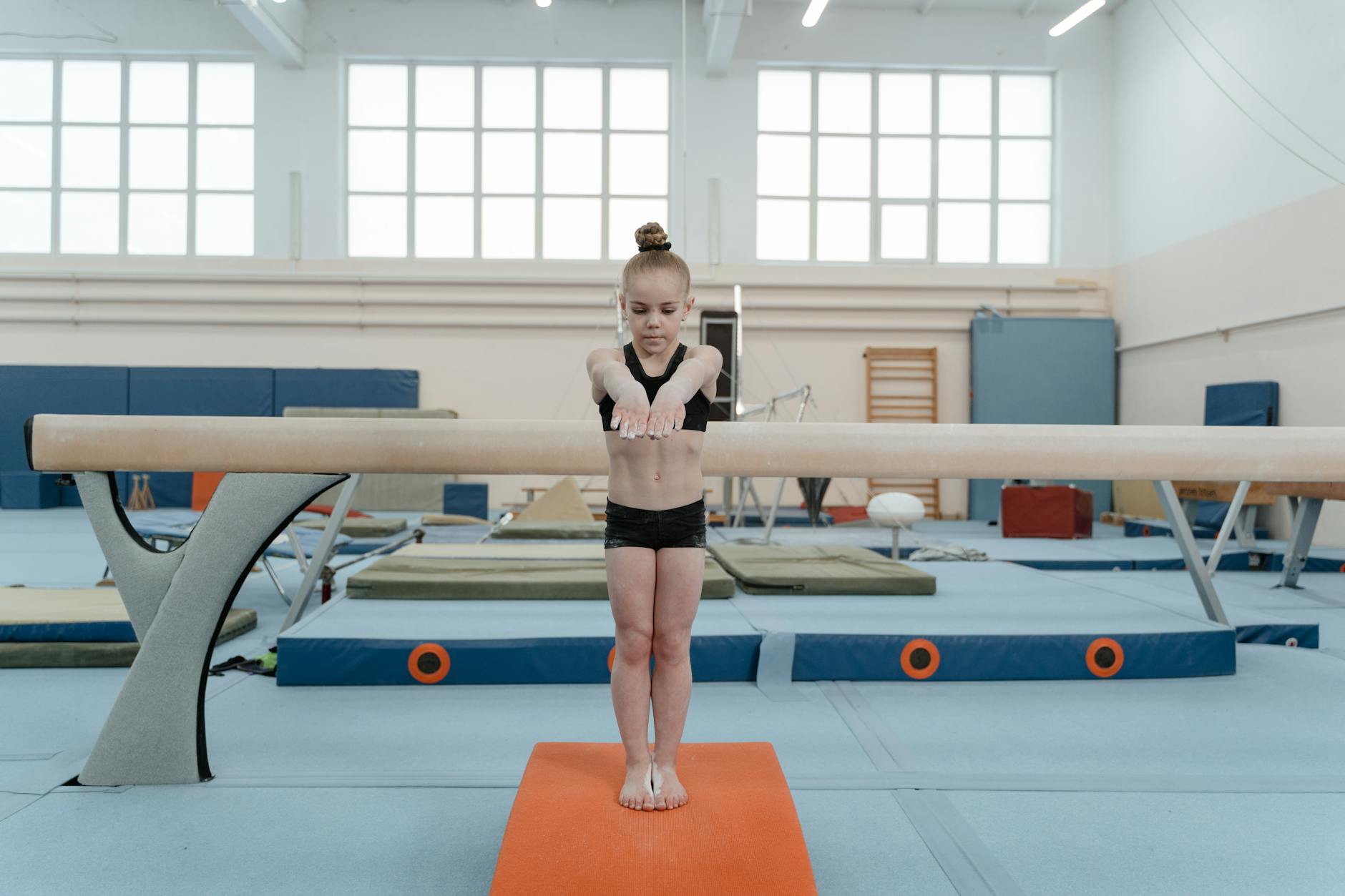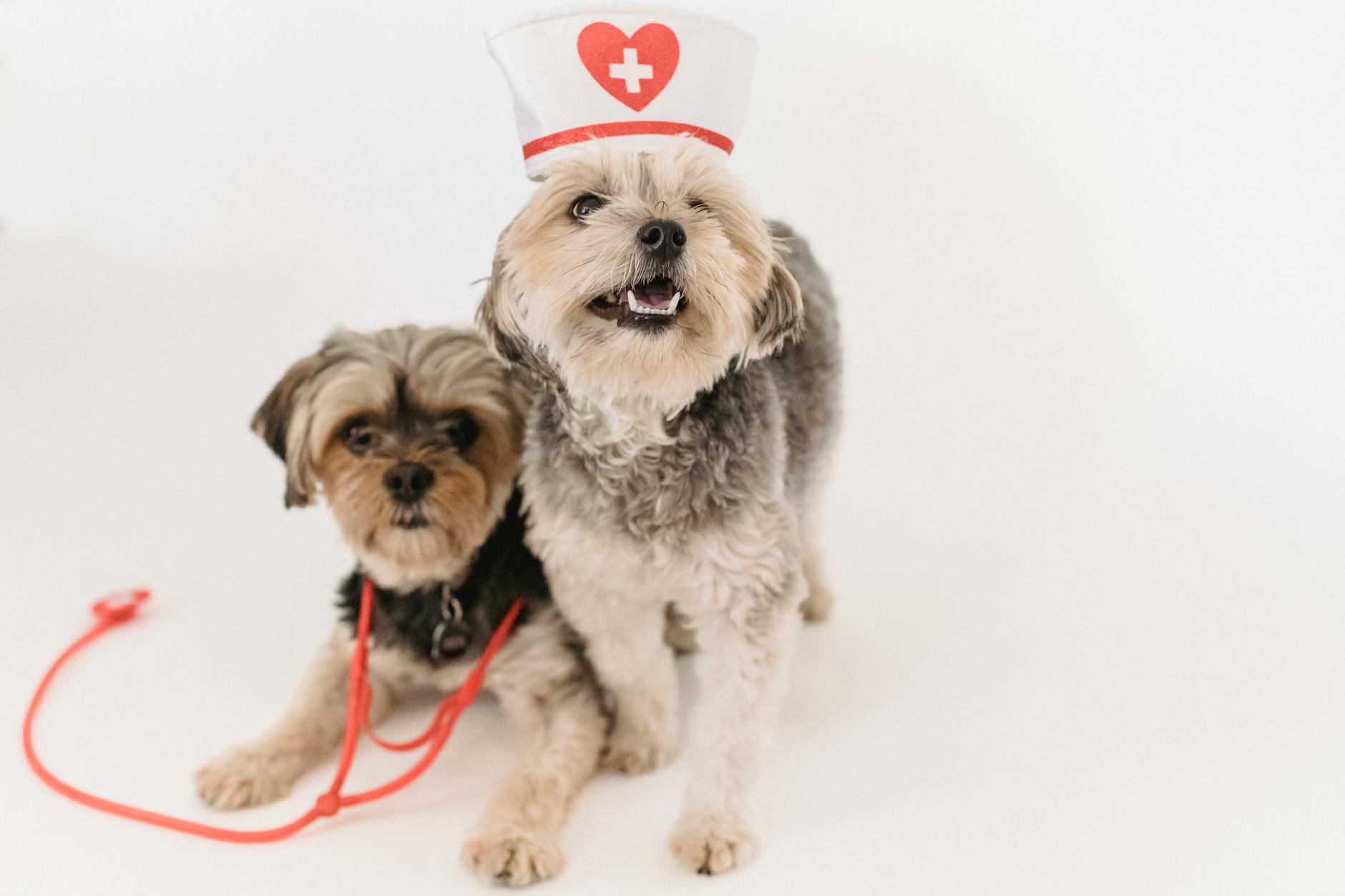How to Train Your Dog with a Shock Collar Safely in Australia

Introduction to Shock Collars
As a seasoned pet care consultant situated in Melbourne, I'm here to provide you with a comprehensive understanding of shock collars and how they can be used safely for training your dog. For those who often take their furry companions on adventures around places like the Royal Botanic Gardens in Melbourne, finding effective training tools is essential.
Safety Features to Look For
When choosing a shock collar, prioritise those with safety mechanisms. Look for options that include adjustable intensity levels, ensuring you can customise the correction level suitable for your dog's temperament. Some models feature a safety lock to prevent accidental shocks. Advanced collars often come with a beep or vibration function that can be a warning before the actual stimulation. These features are crucial for humane training and maintaining your dog's well-being.
Legal Regulations in Australia
Understanding the legal landscape is crucial. In Australia, the use of shock collars is regulated to ensure the humane treatment of animals. Some states have specific prohibitions and guidelines on shock collar usage. It's essential to check local regulations or consult a pet care professional to ensure compliance. This way, you can train effectively while adhering to legal standards.
Situations Where They're Useful
Shock collars can be particularly useful in specific scenarios where traditional training methods fail. For instance:
- Controlling excessive barking.
- Ensuring safety when off-leash in designated areas such as the off-leash dog areas at Fawkner Park.
- Correcting aggressive behaviour or boundary training, typically paired with an invisible dog fence for safe containment.
These applications can make daily routines and adventures more manageable and enjoyable for both you and your dog.
Before diving into the training process, it's vital to equip yourself with the right dog travel accessories to ensure Scout's safety during your outdoor escapades. Preparing adequately not only boosts effective training but also enhances your overall experience as a pet owner.
Preparing for Training
Choosing the Right Collar
Selecting the right training collar for your dog is crucial for effective and humane training. For those new to using training collars, it's fundamental to start with options that are designed with safety features to minimize any risks. For example, an anti barking collar might be a good start, especially if you're particularly concerned about excessive noise. Look for collars that offer variable settings so you can adjust the intensity according to your dog's size and temperament.
Understanding Dog Behavior
Before you even put the collar on your dog, take some time to understand common dog behavior cues. Dogs communicate through body language, and recognising these signals can help you determine when your dog is feeling stressed, anxious, or relaxed. Pay attention to tail positions, ear movements, and overall posture. For example, a dog that’s frequently exposed to off-leash areas in Fawkner Park may exhibit more social behaviours compared to a dog that isn’t.
Setting Up the Training Environment
Creating an appropriate training environment is key to the success of your dog's training. Choose a quiet area with minimal distractions to begin with. This could be your backyard or a less-trafficked corner of a local park. Tools like a hidden dog fence can be incredibly useful for creating a safe, contained space where you can focus on training without worrying about your dog wandering off. Having a set, distraction-free space will make it easier to communicate commands and will help your dog understand what's expected of them.
By carefully choosing the right collar, understanding your dog's behavior, and setting up a conducive training environment, you set the stage for successful and humane training experiences.
Step-by-Step Training
Initial Introduction to the Collar
When beginning shock collar training, it's essential to introduce the collar in a way that ensures your dog doesn't associate it with punishment. I remember our first trial at the off-leash dog areas at Fawkner Park, allowing Scout to experience the collar in a neutral environment. The goal is to make your dog feel comfortable wearing it before activation. Let your dog wear the collar for a few days without turning it on, ensuring it feels just as ordinary as their regular collar.
Basic Commands and Reinforcement
Once your dog is accustomed to the collar, you can begin the training process. Start with basic commands such as "sit," "stay," and "come." Use the collar’s vibration mode initially to alert shock collar your dog without applying a shock. After Scout had settled with the training collars dogs, we began reinforcing commands with treats and praise. It's crucial to pair the collar’s stimuli with positive reinforcement to build a strong association.
Dealing with Resistance and Anxiety
Dealing with resistance or anxiety is a common challenge. During our sessions, Scout occasionally showed signs of discomfort or anxiety. It's vital to watch for these signs and adjust your approach accordingly. Gradually increasing the intensity of the collar should be done with caution. Whenever Scout seemed anxious, we paused the training and provided comfort, ensuring the process remained positive. Patience is key, and always focus on making the experience rewarding for your dog.
Implementing these techniques requires consistency and observation. Your dog's well-being should always be the priority, creating a harmonious training journey.
Best Practices
When training your dog with a shock collar, it's important to incorporate positive reinforcement to ensure effective learning and maintain your pet's well-being. Reward your dog with treats, praise, or playtime gps dog tracking whenever they respond correctly to commands. Consistency and patience are key, as dogs learn better with steady routines and clear expectations.
Monitoring and adjusting the intensity of the shock are crucial steps in the training process. Start with the lowest possible setting and observe your dog's response. Gradually increase the intensity only if necessary, always ensuring it remains at a level that does not cause distress.
Positive Reinforcement Techniques
- Treats and Rewards: After a successful response, immediately follow up with a favourite treat or a play session.
- Verbal Praise: Use a calm and enthusiastic tone to encourage your dog.
- Clicker Training: Pair clicker sounds with rewards to create a strong, positive association.
Regularly visiting local spots like the off-leash dog areas at Fawkner Park can provide additional opportunities for rewarding social interactions and reinforcing training in different environments.
Monitoring and Adjusting Intensities
- Observation: Before making any adjustments, closely watch your dog's behaviour and reactions to different shock levels.
- Incremental Adjustments: Only increase the intensity in small increments to avoid causing unnecessary discomfort.
- Consultation: If you’re unsure, consult with a professional trainer or your vet.
Consistency and Patience
- Regular Training Sessions: Short, frequent sessions are more effective than occasional long practices.
- Repetition: Consistent repetition of commands and rewards solidifies learning.
- Avoid Frustration: If you or your dog becomes frustrated, take a break and resume training later.
Training your dog with an electric dog fence can also complement the use of a shock collar, providing your pet with a safe and contained environment to reinforce learned behaviours.
Remember to always prioritise your dog's comfort and mental well-being, ensuring a positive and productive training experience.
Common Mistakes
Over-Reliance on the Collar
Relying heavily on the shock collar can hinder the overall training process. It's critical to understand that the collar should be an aid, not the focal point of your training regime. Over-dependence can lead to your dog responding only when the collar is active, undermining the ultimate goal of long-term behavior modification. Integrate the shock collar with verbal cues and hand signals for a balanced approach.
Inconsistent Training Routines
Inconsistency is a significant barrier to effective dog training. Create a consistent schedule and stick to it. Whether you're practicing commands in the off-leash dog areas at Fawkner Park or in your own backyard, ensure that training sessions are regular, short, and engaging. This consistency helps your dog understand expectations and reinforces positive behaviors.
Misreading Dog's Signals
Understanding dog behavior is crucial in avoiding common pitfalls in shock collar training. Pay close attention to your dog's body language and vocal cues. Signs of stress, such as excessive panting, whining, or cowering, indicate the need to adjust your approach. Ignoring these signals can exacerbate anxiety and erode your dog's trust in you, making the training counterproductive. By avoiding these common mistakes, you create a more respectful and effective training environment that ultimately leads to a well-behaved, happy dog.


